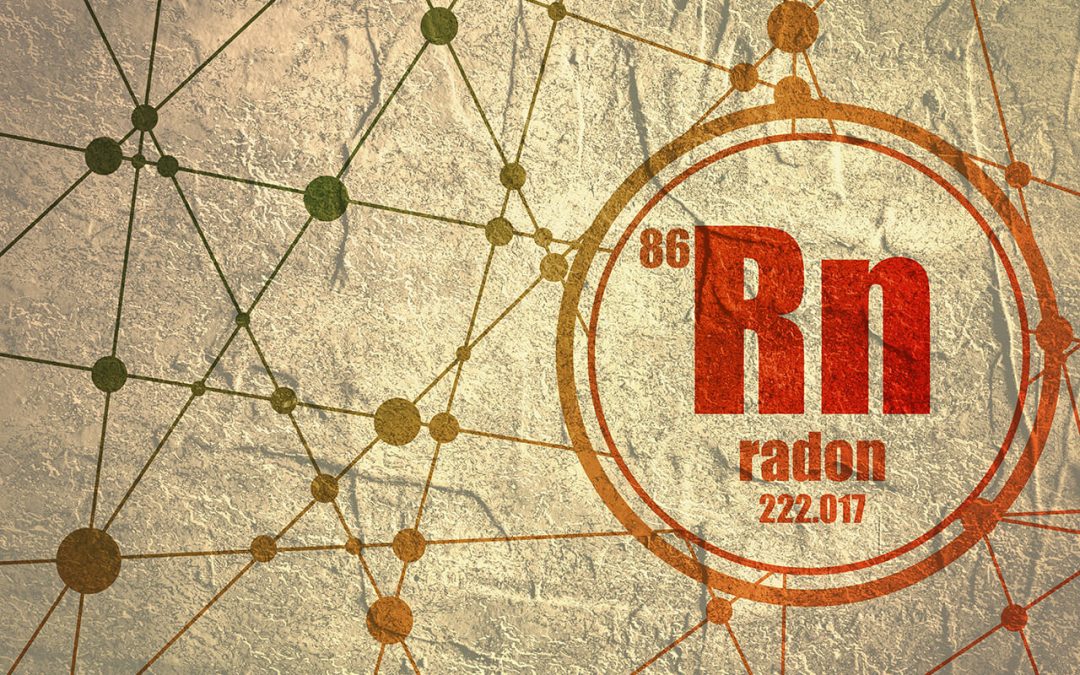High radon levels in your home are likely not something that you are concerned about on a day to day basis, but they are a serious health threat. According to the National Safety Council, somewhere between 15,000 and 22,000 lung cancer deaths per year are related to radon poisoning. With numbers like this, it’s important to check for high radon levels in your home.
What is Radon?
Radon is odorless, tasteless, and colorless. It’s a naturally occurring gas that occurs everywhere across the United States. Radon is formed through the decay of radioactive elements in the soil and rock. Radon gets into the air and water sources like wells. This means that we are exposed to some radon all the time outdoors. The problem with radon is when it becomes trapped in enclosed indoor spaces like your home. As more and more of it is trapped, the levels inside your home become elevated and unhealthy.
Radon is scary because it doesn’t cause any symptoms immediately. You wouldn’t know if you’re being exposed to a high level of the gas without testing the air in your home. January is National Radon Action Month so it’s a good time to check for high radon levels in your home.
How Do I Reduce Radon Levels in My Home?
The EPA recommends that your home have levels lower than four picocuries per liter (4pCi/L) in order to be safe. To get the most accurate measurement of radon in your home, your best bet is to have your home checked by a certified professional. After they’ve checked your home and determine that you do, in fact, have elevated levels of radon, they will recommend lowering the levels through mitigation.
Mitigation is a system or a series of steps taken to reduce radon levels in the home. Action can be taken as preventative measures and as extraction measures. This could include methods such as:
- Sealing the cracks and holes in your floors and foundation
- Ventilation of your entire home
- Increasing the air changes per hour
- Using activated charcoal to remove the contamination from water supplies
- Installing depressurization systems
D.I.Y. Mitigations
There are some homeowners who attempt mitigation themselves, however, this isn’t recommended. Radon is a serious problem and both testing and mitigation should be left to trained professionals. Don’t let a one-time cost be the barrier between your family and healthy air to breathe.
Guardian Property Inspections provides professional radon testing to Central and East-Central Wyoming. Contact us to schedule your radon test.

